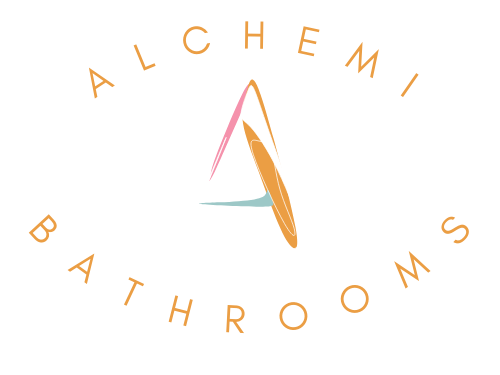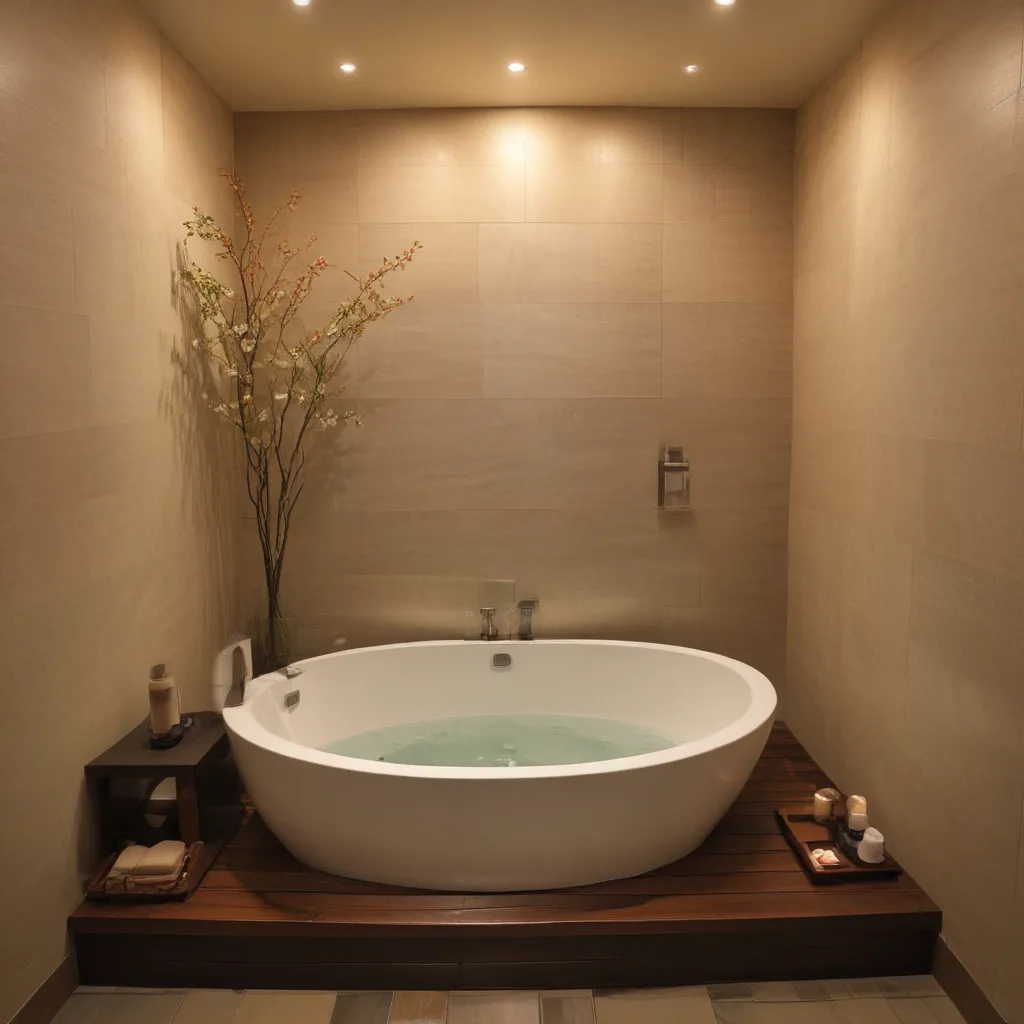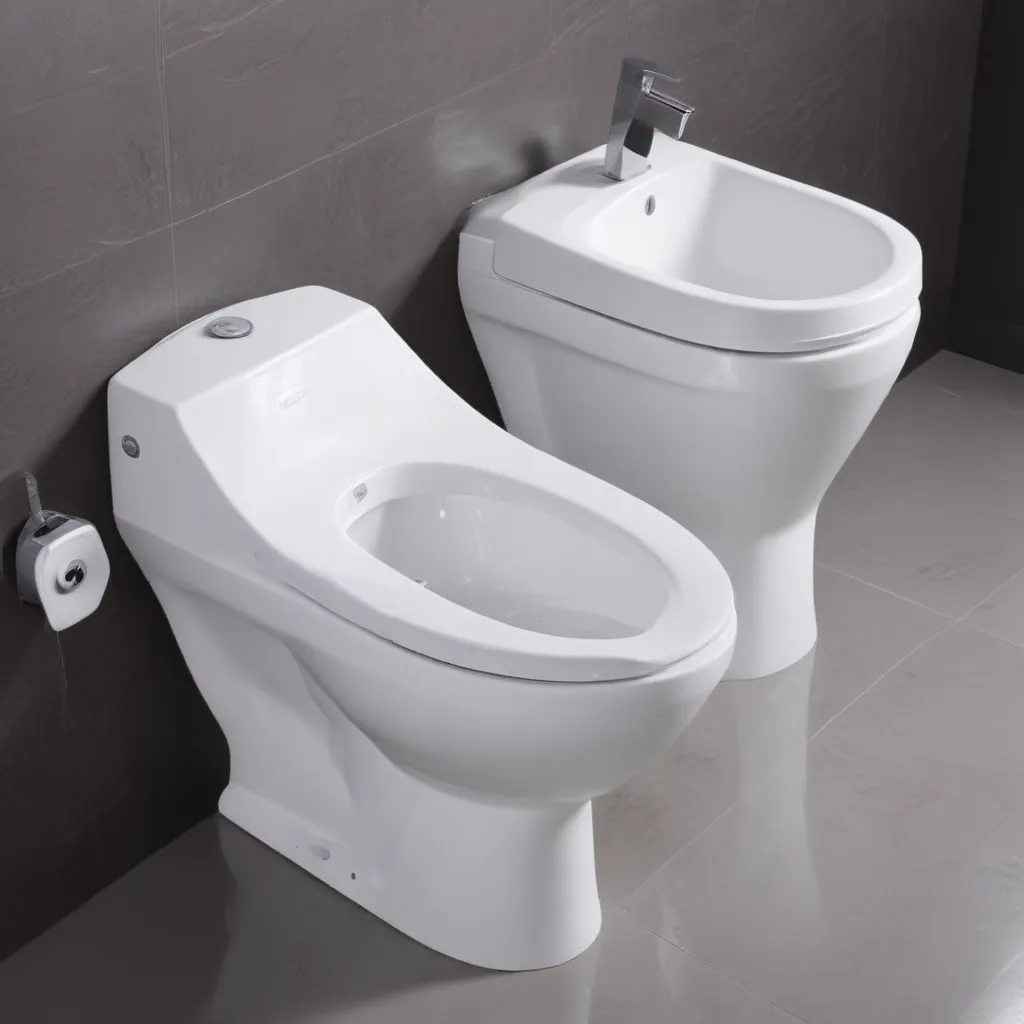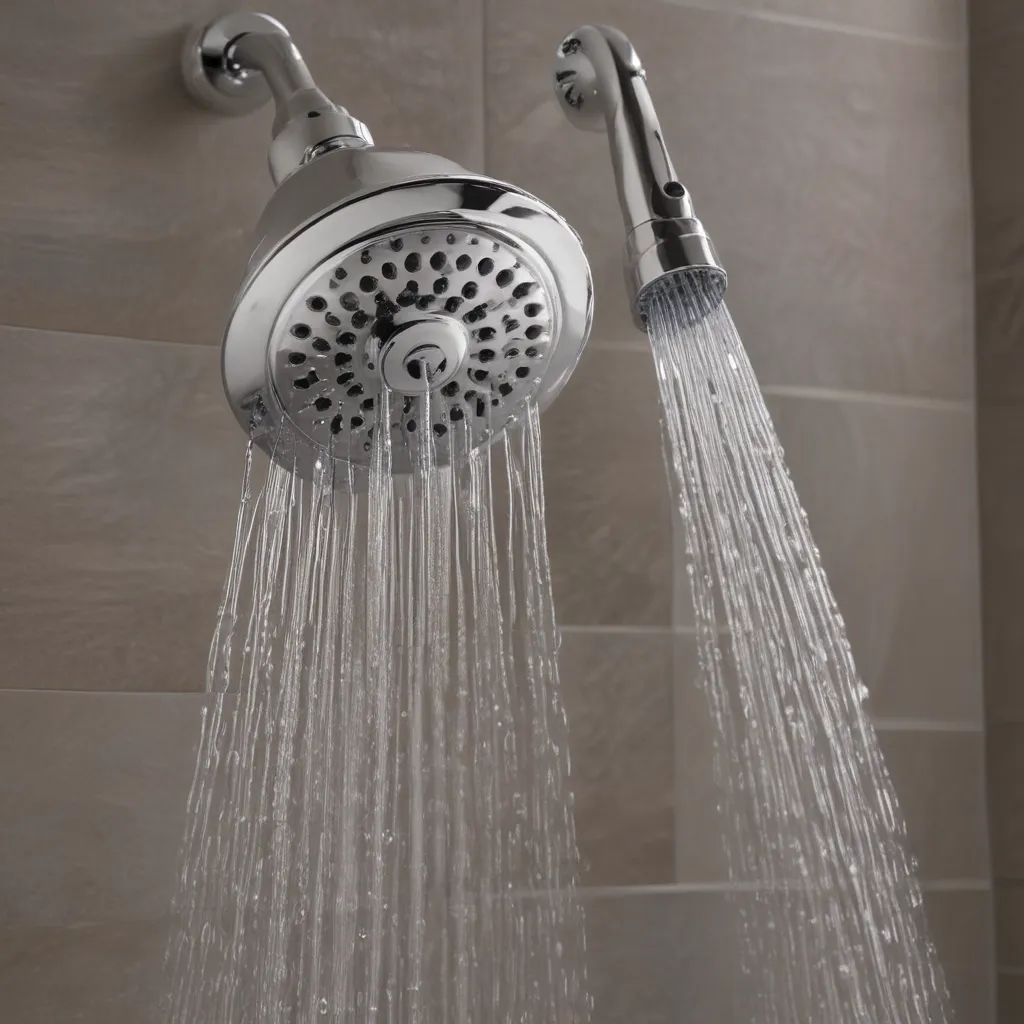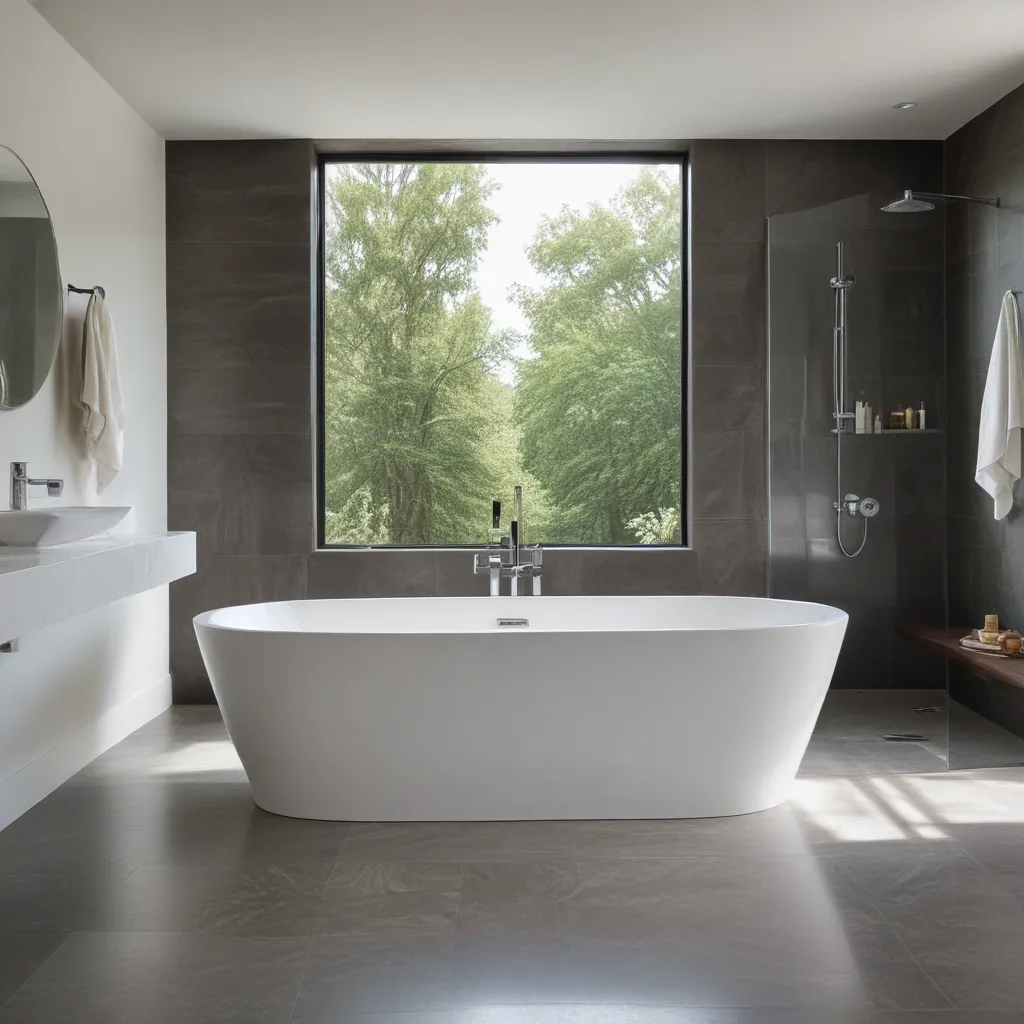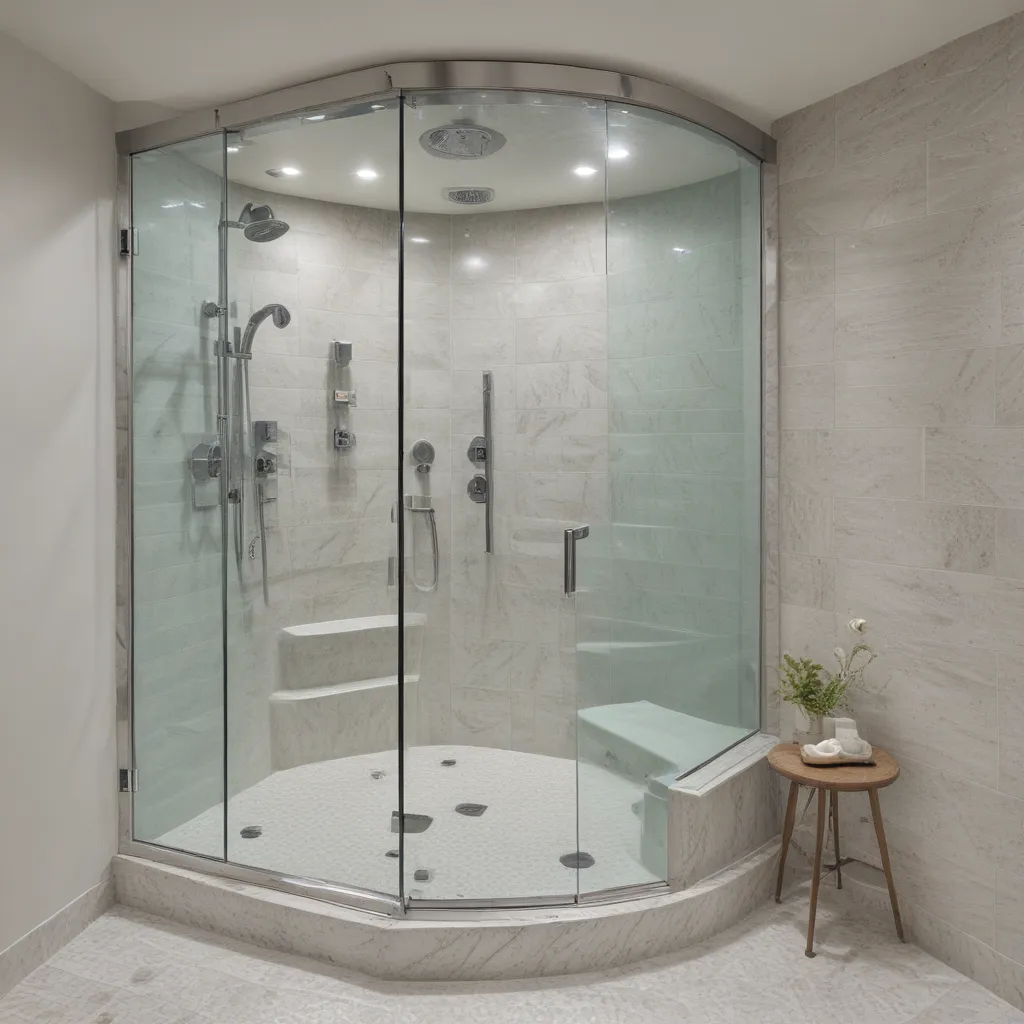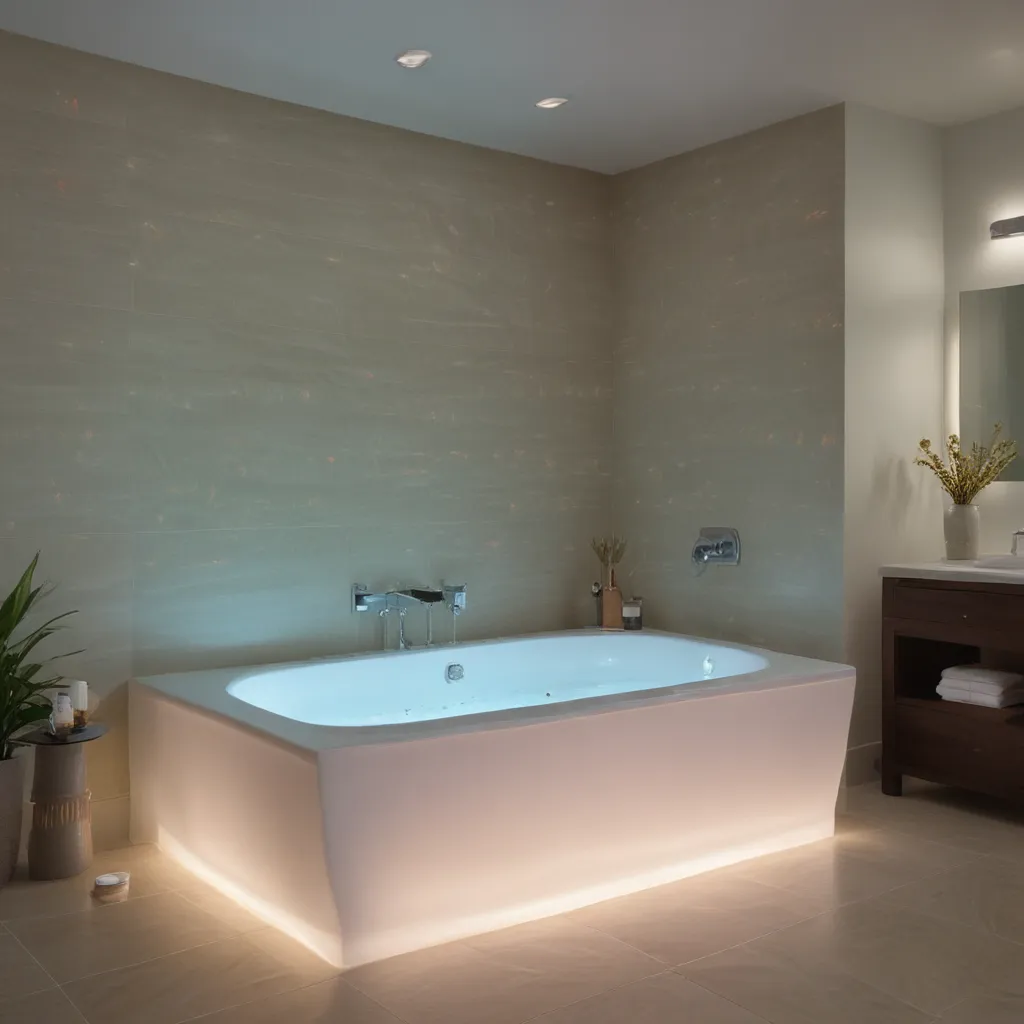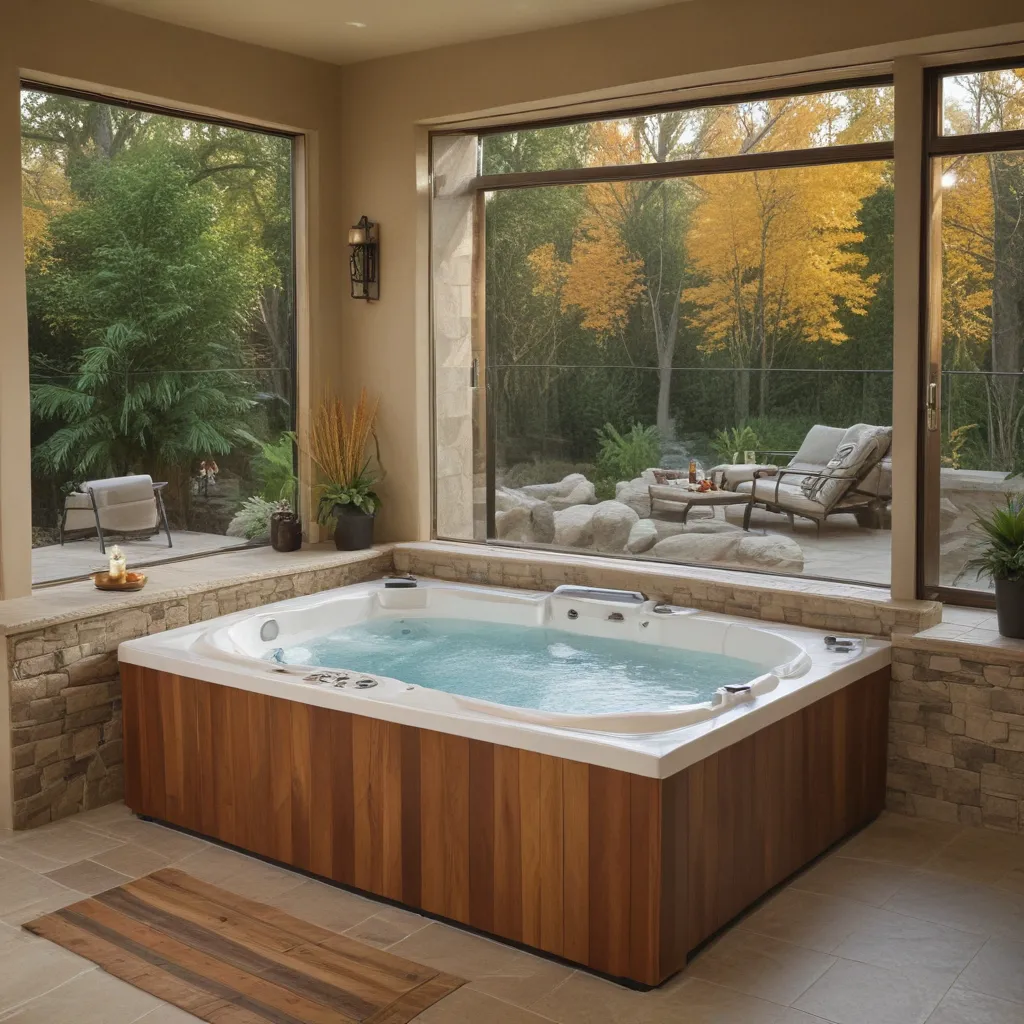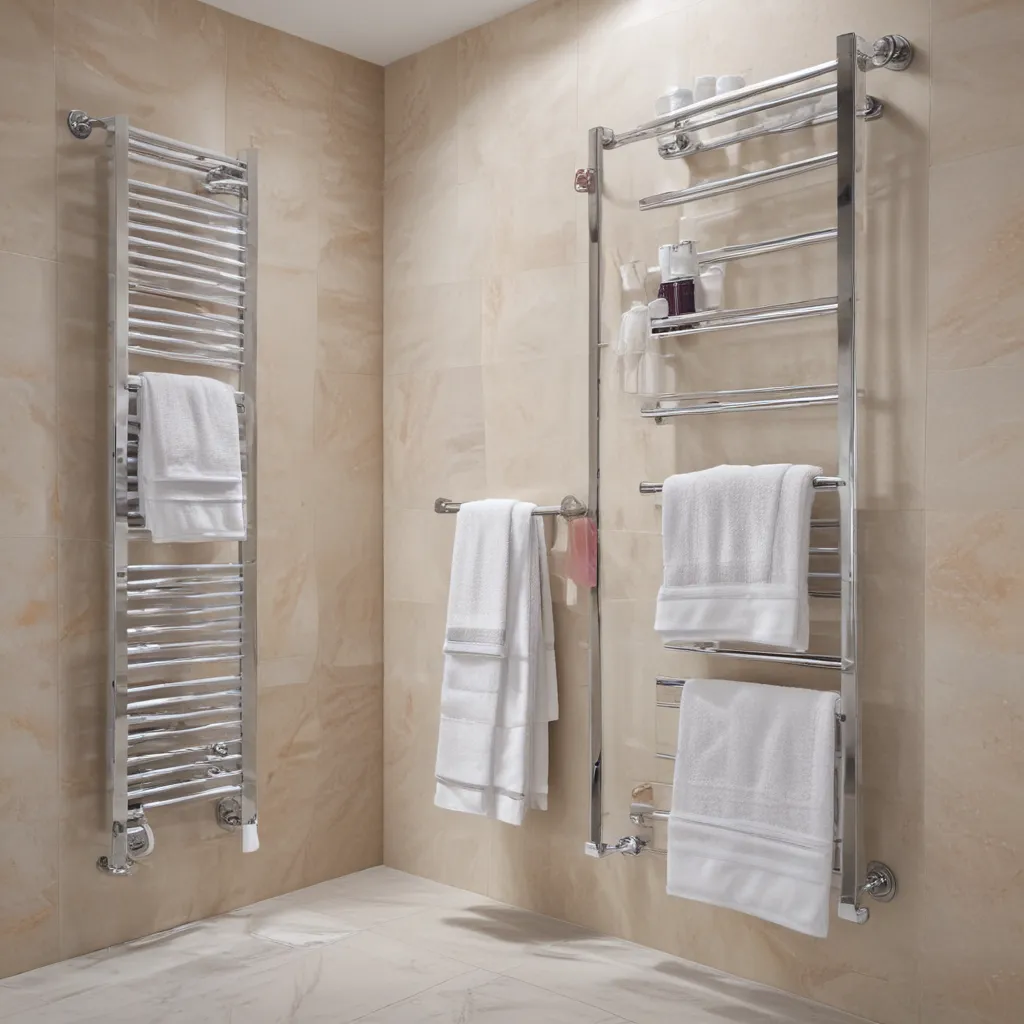
The Bathroom as an Oasis
It is becoming increasingly clear to me that the more time I spend at home, the more I want my bathroom to be an oasis. In my previous life, before working from home and before spending 99.9% of my life indoors, I would neglect my bathroom as if it were my sourdough starter that I’ll get back to once I’m allowed to go outside again. But it so happens that a global pandemic changes both big and small things, and one of those small things for me is the urge to contemplate every inch of my apartment.
This week’s obsession? Heated towel racks. Storage is always top of mind for me (because I have so little of it) and that is especially true in my bathroom. Luckily I live with only one other human, so we require a few towels between the two of us. We aren’t hoarding towels over here, don’t worry. But as a fun weekend project, I decided to painstakingly think about towels and towel storage, and the first step of any project begins with looking back at old Emily Henderson Design (EHD) projects for inspiration.
Fast forward to now. I’ve found my solution, but perhaps you are looking for yours – thus the reason for this post and (hopefully) the reason you are here. These are all the ways EHD hangs towels PLUS a new solution that we are very passionate about. Let’s begin.
The Towel Bar: A Classic Choice
This seems to be the preferred and most classic towel hanging option. I know a lot of people are extremely passionate about hanging towels over a bar as it dries quicker this way. I get it. A damp towel is very depressing, but another pro of this hanging option is it allows you to mix and match colors or patterns. EHD famously loves a crisp white towel combo, but that doesn’t mean you can’t mix up your hand and bath towels to add some color or pattern.
If you are team towel bar ’til you die but you’re looking for a way to refresh your bathroom, consider replacing your old one with a new one, perhaps in a different color or style. Replacing outdated hardware is our favorite and most low lift hack so if you are in the market, here are some of our favorites: [1]
| Product | Price |
|---|---|
| 30″ Wall Mounted Towel Bar | $49.99 |
| Latitude 18″ Towel Bar | $39.99 |
| Delta Trinsic 18″ Wall Mounted Towel Bar | $59.00 |
| Brooklyn 24″ Towel Bar | $59.00 |
| Palais Towel Bar | $79.00 |
| Trivia 18″ Towel Bar | $49.00 |
| Kohler Elate 24″ Towel Bar | $129.00 |
| West Slope 24″ Towel Bar | $59.00 |
| Villa Collection Towel Bar | $69.00 |
The EHD preferred styling technique is to fold both the bath and hand towels into thirds and layer them so the seams are invisible. If folding a towel before hanging it up sounds like a LOT of work I hear you and I tend to agree, so let’s move on to some easier options.
The Towel Rack: Combination of Form and Function
We don’t use this one a lot but man is it a smart and classic way to handle your towels. We really thought it was the perfect piece for the Silver Lake Hills’ master bathroom. The pro towel bar people get what they want, it’s a small space dream, AND you have built-in storage. If you are into it here are a few of our favorites… [2]
The Towel Hook: Effortless and Chic
Now for my personal favorite and newfound solution: I love the ease of the towel hook. To be honest, if there is any chance I can avoid folding something, I take it. I know those in humid climates despise the hook strategy because the towel takes more time to dry this way but I see two solutions for this. If you have the space, install both a bar and a hook! Emily has done this in quite a few bathrooms (like the Portland master bathroom you see above) and it really is the best of both worlds. The second option (what I personally do) is to hang your towel over the shower curtain rod so it is spread out, and then once it drys transfer it to the hook. [3]
The towel hook is also a preferred option if you don’t have a lot of wall space and want to free up some space for art. For example… Here in the mountain house guest bathroom, Emily installed a hook on a cabinet, so no wall space was sacrificed. Instead, there is ample room to hang art or any other wall decor. Also, cute storage cabinets are great ways to store extra towels. Like I said, hooks are a really great option for smaller bathrooms because they do not take up precious wall space and are extremely convenient to install. All you need is a screw and screwdriver. If you do go this route, might I suggest taking notes from Emily Bowser’s bathroom (above) where she installed hooks directly next to the shower and sink, so a clean towel is always within arm’s reach. I stole this idea for my tiny bathroom and it is one of the better decisions I have made this year. There’s so much less water on my bathroom floor, where before it seemed like a puddle was present at any given time. In honor of safety first, I very am happy with this solution but it is worth noting that I also love the look of the hanging towel. It is effortless yet chic and a great way to display more stylish towels like this or this. [4]
| Product | Price |
|---|---|
| Triva Wall Mounted Robe Hook | $12.99 |
| Massey Double Hook | $29.99 |
| Trinsic Wall Mounted Robe Hook | $19.99 |
| Latitude 2 Wall Mounted Single Robe Hook | $15.99 |
| Townsend Wall Mounted Double Robe Hook | $29.99 |
| West Slope Knurled Hook | $14.99 |
The Towel Basket: Stylish Storage Solution
This one is a great storage solution for small bathrooms, especially ones lacking a ton of wall space. You can either roll your towels and store them vertically, or fold them and stack on top of one another. Obviously, you’d also want a hook or towel rack to hang towels to dry, but a basket is a good option for a guest bathroom or a bathroom that multiple family members share (because there’s nothing worse than realizing a clean towel is nowhere to be found). [5]
| Product | Price |
|---|---|
| Black Braided Basket | $39.99 |
| Large Curved Basket | $59.99 |
| Wire Bin | $24.99 |
| Large Banana Delilah Tote Basket | $49.99 |
| Tyler Square Basket With Rope Handle Low | $39.99 |
| Decorative Coiled Rope Basket | $29.99 |
| Gold Storage Basket | $49.99 |
| Round Woven Basket | $29.99 |
| Seagrass Basket with Leather Handle | $39.99 |
The Towel Ladder: Form Meets Function
Now for the EHD favorite… Yep, ladders aren’t just for climbing and hanging blankets. We LOVE them in a bathroom as shown above and below. They are like the really cool, younger cousin of the towel bar. They instantly modernize a room and create vertical storage options which is always a win. Plus, if you have a smaller bathroom, they are not as visually bulky as a storage cabinet would be, thus opening up the space. [6]
As you can see here in everyone’s favorite bathroom, the ladder doubles as decor and storage. That’s form AND function, my friends. The ladder draws the eye up and fills up empty wall space plus holds towels for post-bath coziness. The one you see there is from Katy Skelton and is unfortunately sold out, but here are some others we love: [7]
| Product | Price |
|---|---|
| Metal Wall Mounted Towel Rack | $99.99 |
| Hub Ladder | $199.00 |
| 2 Piece Blanket Ladder | $129.99 |
| Natural Maple Decorative Ladder | $149.99 |
| Wall Blanket Ladder | $99.99 |
| Tower 18″ Wide Decorative Ladder | $159.99 |
Now you have your towel hanging solution, why not get some new towels that aren’t just classic white?? You and your bathroom deserve it. (And if you prefer a bath sheet over a bath towel as Emily does, check out #8 and #9). [8]
| Product | Price |
|---|---|
| Kassatex Antico Towel Collection | $15.99 – $69.99 |
| Tuli Black Trim Towel | $24.99 |
| MicroCotton Spa Bath Towel | $24.99 |
| Sculpted Dot Towel | $19.99 |
| Hydrocotton Quick-Drying Bath Towel | $24.99 |
| Wanderer Towel Collection Set | $49.99 |
| Fouta Stripe Towels | $19.99 |
| Spa Bath Sheet | $29.99 |
| Ribbed Blush Bath Sheet | $49.99 |
| Textured Stripe Towels Blue | $19.99 |
| Super-Plush Bath Towels | $24.99 |
| Core Stripe Hand Towel | $12.99 |
So now I want to know, what is your preferred towel hanging strategy? And does anyone have a towel warmer and if so, is it worth it??? All of us at EHD are very curious so let’s chat. xx
References
[1] Knowledge from https://stylebyemilyhenderson.com/blog/where-to-hang-your-bathroom-towels
[2] Knowledge from https://ambaproducts.com/showroom-spotlight-reece-plumbing-suwanee-ga/
[3] Knowledge from https://thediyplaybook.com/rookie-mistake-over-the-toilet-storage/
[4] Knowledge from https://www.snowbird.com/spa/treatments-facilities/
[5] Knowledge from https://www.amazon.com/Sorbus-Towel-Rack-Holder-Set/dp/B08W1VCWBR
[6] Knowledge from https://www.true-design-house.com/blog/bathroom-staging-plan
[7] Knowledge from https://www.windermere.com/blog/simple-bathroom-upgrades
[8] Knowledge from https://www.amazon.com/Sorbus-Towel-Rack-Holder-Set/dp/B08W25FVDP
